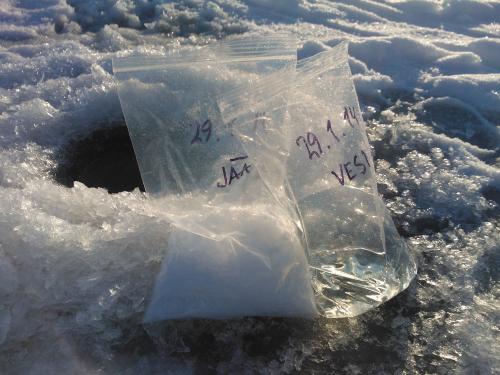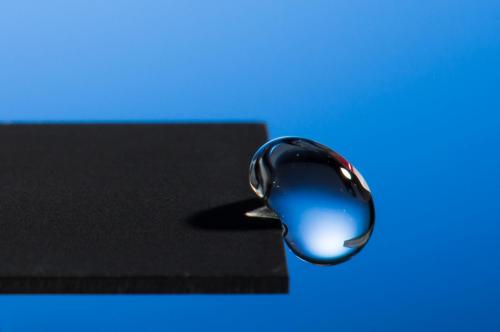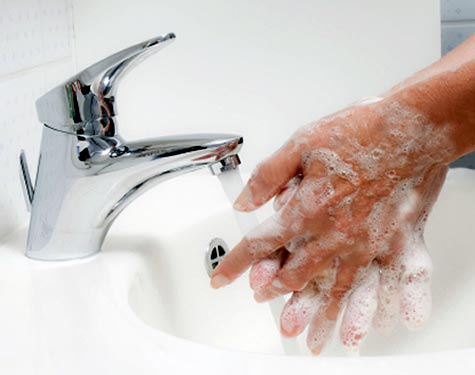Freezing technology can be utilised in waste water treatment. When waste water freezes, it is purified through the formation of a cleaner layer of ice. The clean layer of ice can be removed from the rest of the waste water, and the remaining waste water is more concentrated.
The new energy-efficient method of purification is based on the natural freezing process of water: energy is required only for breaking the ice and transporting it from the waste water pool.
 In practice, this method could be used by leaving waste water from mines to freeze in special pools under the open sky, after which the cleaner part could be removed by breaking the ice. After that the ice would be taken away using a machine designed for that purpose to another pool where the treated waste water would be recycled, or undergo further treatment using membrane filtration, for example, for the needs of various processes. Recycling water from the industrial process would reduce the amount of fresh water that is used. Read more
In practice, this method could be used by leaving waste water from mines to freeze in special pools under the open sky, after which the cleaner part could be removed by breaking the ice. After that the ice would be taken away using a machine designed for that purpose to another pool where the treated waste water would be recycled, or undergo further treatment using membrane filtration, for example, for the needs of various processes. Recycling water from the industrial process would reduce the amount of fresh water that is used. Read more











